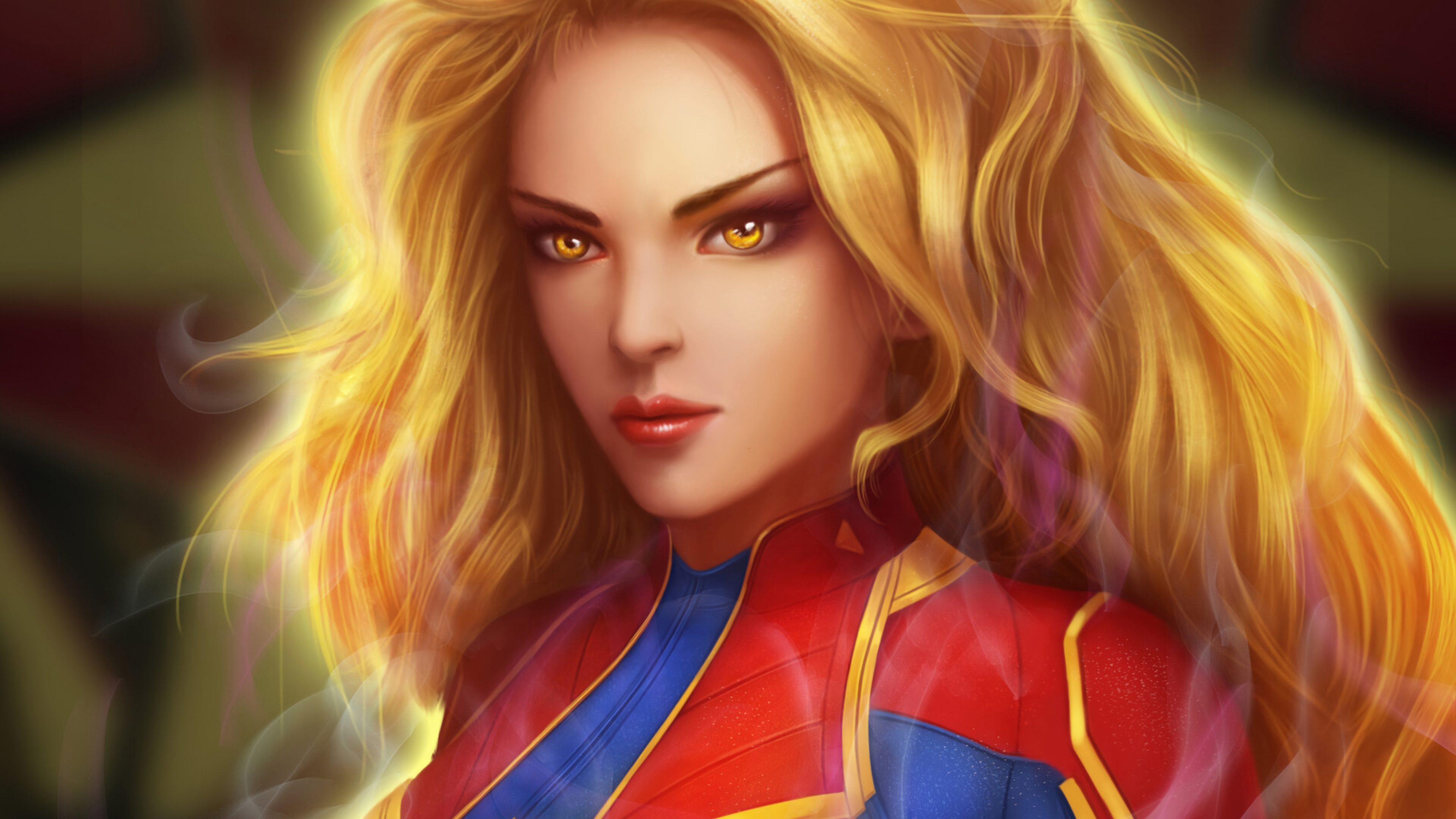

Her father believed that sending women to college was a waste of money, so she joined the Air Force and has been driven by a desire to prove herself better, smarter and faster than the boys. (The previous standard-bearer had been dead for years in the comics.) Artist Jamie McKelvie reimagined the costume and gave her a more practical look inspired by her military past, complete with a short Mohawk-esque hairstyle.Ĭarol is a good role model, though not a perfect one. Finally, in 2012, writer Kelly Sue DeConnick gave Carol a more modern redesign and the Captain Marvel name. Her superhero outfit, a bathing suit with thigh-high boots, was clearly designed to be ogled, not admired. co-founder Gloria Steinem.īut in the decades that followed, Carol lost much of her swagger. She worked as a fighter pilot, a NASA scientist and the editor of a women’s magazine who wore scarves and oversize glasses in unabashed tribute to Ms. Marvel, a nod to the feminist publication Ms. In the 1970s, Carol got powers and a promotion.

Carol Danvers was just a side character in his story, an officer in the U.S. The Captain Marvel moniker originally belonged to a man. Captain Marvel violates a lot of those notions, and it’s about time someone like her saved us all. In short, audiences have spent decades watching men’s conceptions of female power: women who are strong but not too strong, intimidating but still sexually appealing, hardened but vulnerable under the surface. She intimidates men and revels in that power.
CAPTIN MARVEL MOVIE
Captain Marvel’s costume is refreshingly masculine in a movie landscape where so-called female-badasses are often clad in leather or short skirts. If anyone tells you different don’t trust them.”Įven as female moviegoers bask in Wonder Woman’s success, the sexist response of a small but loud minority acts as a sobering reminder that society still places certain strictures on female strength. You can be strong in the ways you want to be. The actress fired back a response on Instagram: “Breaking news: You can be you.

Telling a woman to smile more is a favorite tactic of misogynists, and a cohort of Twitter provocateurs quickly latched onto Larson’s stoic visage when the teaser premiered. And as internet trolls have noted in the comments section of the Captain Marvel trailers, she doesn’t smile. She’s occasionally reckless and delightfully unconcerned with making anyone around her feel comfortable. She’s a control freak with a big ego and a bit of a temper. As a result, she had to contend with criticism from feminists that she was too sexy and too passive, while dodging comments from misogynists who didn’t want to see any woman in power onscreen.Ĭaptain Marvel is a completely different character from Wonder Woman, and even before her debut she has faced an entirely new set of criticisms. Her power is awe-inspiring, not frightening. Wonder Woman, originally conceived during World War II, is a distinctly feminine hero: She wears heels and a skirt. But as the trailblazer, Wonder Woman had to tread carefully: her costume could neither be too sexy nor too masculine, her philosophy neither conservative nor pugnacious. In theory, the success of Wonder Woman put the tiresome debate about whether a female superhero movie could succeed to rest. Wonder Woman set several records, including highest-grossing live-action film directed by a woman. The critical and commercial success of that film has taken some pressure off Captain Marvel. beat Marvel Studios to the punch: DC’s Wonder Woman made her big-screen debut in 2017. But the movie was delayed until 2019, and in any case, Warner Bros. In 2016, Marvel announced that Brie Larson, fresh off a Best Actress Oscar win for Room, would portray Captain Marvel in a 2018 film. Mad Max: Fury Road showed that a provocative female character could upstage her male counterpart, even if he’s the one with the decades-old fan following. Star Wars: The Force Awakens, starring Daisy Ridley as the first prominent female Jedi, broke box-office records. The Hunger Games proved that female heroes could draw massive audiences. As soon as studios began to greenlight good genre movies with female leads, audiences upended the old misogynist view. Of course, Catwoman and Elektra were simply terrible movies.


 0 kommentar(er)
0 kommentar(er)
